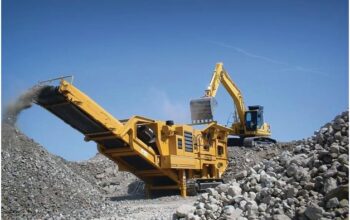Commodities trading can also prove to be a highly enticing alternative for investors looking to diversify their portfolios and access global market movements. Whether it’s the volatility of oil and gold or the growth potential in agricultural products, there is no dearth of choice. But before you decide, you really need to weigh the pros and cons.
Benefits of Commodities Trading.
Most benefits come from diversification. Unlike stocks and bonds, commodities usually behave in totally different environments. For instance, while the stock market falls during a recession, gold goes up because investors seek safe haven. An inverse relationship of this kind can ‘offset’ a portfolio, particularly when times are uncertain.
Another chance is to reap from the market volatility. Trading commodities is known for dramatic price swings in terms of changes in supply and demand, geopolitical factors, and weather factors. If you can predict such movements then you may potentially make big money out of it. For example, with certain political tensions oil prices will rise, and agricultural products would go out of control after a bad harvest.
There are commodity hedges against inflation as well. With the general rise in living costs, often prices of commodities like precious metals and agriculture tend to move in tandem. For example, gold is considered a long-term hedge in periods of inflation so as to ensure the preservation of purchasing power.
Disadvantages of Trading Commodities
However, commodities trading comes with some risk that is quite pronounced. The volatility that brings profit opportunities also creates huge losses since one minute a price is shooting sky-high, the next it is plummeting just as easily. Natural disasters or changes in policy can have the same effect on prices. It may not be very easy to handle for starters.
Another challenge is that commodities trading is very sophisticated. Prices are heavily influenced by many factors-the weather, geopolitical events, and a change in a supply chain-and this makes it really quite tricky to make an evaluation of the price without in-depth knowledge of the markets. If you’re not as well-informed, you can very easily end up on the wrong side of a trade.
Active management also requires commodities. Because the prices of commodities move so much faster than stocks and bonds do, you have to focus on crop yields, oil inventories, currency movements, and more, all so you can make the best decision. If you do not have time to keep track of your positions by actively checking your chart, you may not want to engage in commodities trading.
Finally, it may increase both returns and risks. Most traders also make use of leverage to magnify their position, which, in the end, does increase the potential for losses, too. If the market moves against you, you could lose more than your initial investment.
Commodities trading might be an addition to your portfolio if you are comfortable with the volatility, you have time to keep abreast with the information, and you’re ready to face risks. Essentially, making it in commodities trading requires knowledge, discipline, and experience in navigating market fluctuations. It is, in fact, a very rewarding opportunity for those keen on monitoring the markets actively but certainly not appropriate for investors who look for a passive long-term strategy.








